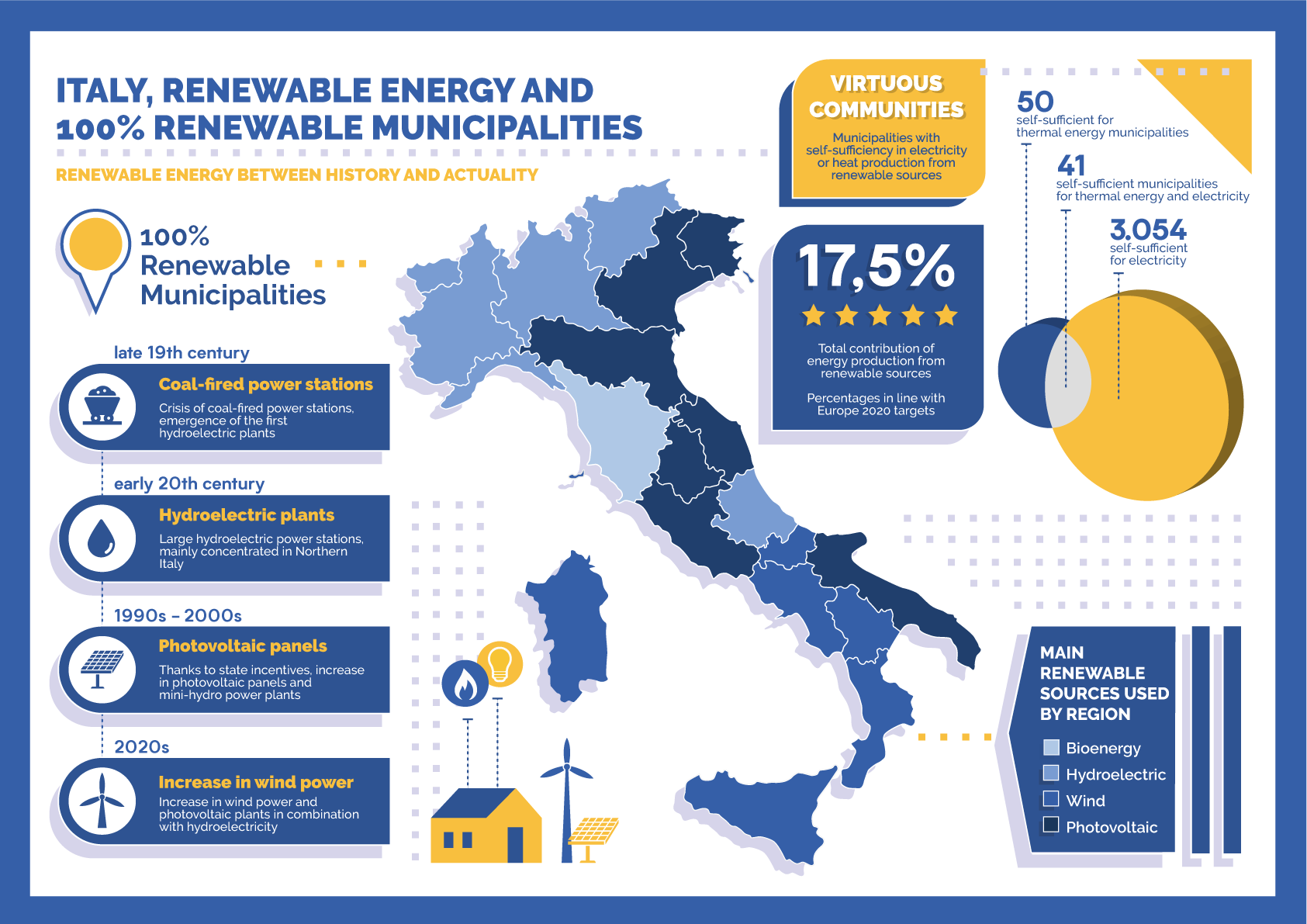East Palestine's Lingering Threat: Toxic Chemicals In Buildings After Ohio Derailment

Table of Contents
Types of Toxic Chemicals and Their Persistence
The derailment released a cocktail of hazardous substances, many of which are capable of penetrating and persisting within building materials.
Vinyl Chloride Contamination
Vinyl chloride, a known carcinogen, is a significant concern. Its volatile nature allows it to readily seep into porous materials like drywall, insulation, and even wood.
- Penetration pathways: Vinyl chloride can infiltrate through cracks, gaps, and porous surfaces. It can also be absorbed into building materials during the initial release and remain trapped for extended periods.
- Detection and remediation challenges: Detecting vinyl chloride requires specialized equipment and expertise. Remediation can be costly and complex, often involving the removal or replacement of contaminated materials. The process is further complicated by the potential for the chemical to migrate within a building over time.
Other Hazardous Chemicals
Beyond vinyl chloride, other chemicals released pose significant risks. These include butyl acrylate, a potential irritant and sensitizer; and ethylene glycol monobutyl ether (EGBE), linked to reproductive and developmental toxicity.
- Butyl acrylate: This chemical can cause skin and respiratory irritation, and prolonged exposure may lead to more severe health problems. It can adhere to surfaces and persist in dust and debris within buildings.
- Ethylene glycol monobutyl ether (EGBE): EGBE is known to affect the reproductive system and can cause developmental issues. Its persistence in building materials is not fully understood, adding to the complexity of assessing long-term risks.
- Synergistic effects: The combined presence of multiple chemicals creates a complex mixture, the effects of which may be synergistic, meaning the combined impact surpasses the sum of individual chemical effects. This makes risk assessment and remediation even more challenging.
Health Risks Associated with Building Contamination
The presence of toxic chemicals in buildings presents serious health risks to residents, both short-term and long-term.
Short-Term Health Effects
Residents may experience a range of immediate symptoms following exposure:
- Respiratory issues: Coughing, shortness of breath, wheezing, and other respiratory problems are common following exposure to many of the released chemicals.
- Skin irritation: Contact with contaminated surfaces can cause rashes, itching, and other skin irritations.
- Headaches, nausea, dizziness: These symptoms are also frequently reported after exposure to volatile organic compounds.
- Ongoing health monitoring: Continuous health monitoring of residents is crucial to track both short-term and potential long-term health effects.
Long-Term Health Risks
The long-term health consequences of exposure to these chemicals are a significant concern:
- Increased cancer risk: Several of the chemicals released are known or suspected carcinogens, posing a long-term cancer risk.
- Reproductive issues: Certain chemicals can negatively impact reproductive health and fertility.
- Neurological disorders: Exposure to some of these chemicals has been linked to neurological problems.
- Uncertainty: The complex mixture of chemicals and the varied routes of exposure make it difficult to predict the long-term health consequences with certainty. More research is desperately needed.
Remediation Challenges and Solutions
Cleaning up the contamination poses significant challenges.
Difficulty in Detection and Removal
Identifying and removing the chemicals from building materials is a complex and costly undertaking.
- Testing limitations: Current testing methods may not be adequate to detect all chemicals or determine their precise levels in various building materials.
- Cost and complexity: Remediation can involve extensive demolition, decontamination, and specialized waste disposal, making it expensive and logistically difficult.
Potential Remediation Strategies
Several strategies can be employed, each with its limitations:
- Demolition: In severely contaminated cases, demolition and complete rebuild may be the only effective solution.
- Decontamination: Specialized cleaning and decontamination techniques can be used to remove chemicals from surfaces. However, complete removal is rarely achievable.
- Air filtration systems: High-efficiency air filtration systems can help reduce indoor air contamination, but they don't address contamination within building materials.
- Material replacement: Replacing contaminated building materials with new, uncontaminated materials is an effective but expensive option.
Legal and Regulatory Responses
The response to the building contamination has raised questions about regulatory oversight and accountability.
Governmental Actions
Local, state, and federal governments have taken actions, but their adequacy is still being debated.
- Response analysis: The speed and effectiveness of the government's response vary across different agencies and jurisdictions.
- Legal challenges: Lawsuits are likely to arise as residents and businesses seek compensation for damages and medical expenses.
Regulatory Gaps and Future Needs
The East Palestine derailment highlights significant gaps in regulations and emergency response.
- Transportation regulations: Stricter regulations on the transportation of hazardous materials are necessary to prevent future incidents.
- Emergency response protocols: Improvements in emergency response protocols are essential, ensuring a more rapid and effective response to chemical spills and releases.
- Remediation strategies: Improved remediation strategies and more readily available resources are essential to address the complex challenges of cleaning up environmental contamination from hazardous chemical releases.
Conclusion
The lingering presence of toxic chemicals in buildings in East Palestine presents a serious and ongoing threat to public health and the environment. The long-term health risks are significant, and remediation poses complex challenges. This situation underscores the urgent need for improved regulations, more robust emergency response protocols, and increased support for affected residents. Demand action to address the lingering threat of toxic chemicals in buildings in East Palestine! Learn more about the ongoing crisis and support efforts to remediate the toxic chemical contamination in East Palestine buildings.

Featured Posts
-
 La Decentralisation Du Repechage De La Lnh Un Regret
May 16, 2025
La Decentralisation Du Repechage De La Lnh Un Regret
May 16, 2025 -
 Investasi Di Giant Sea Wall Kerangka Kerja Dan Mekanisme Pendanaan
May 16, 2025
Investasi Di Giant Sea Wall Kerangka Kerja Dan Mekanisme Pendanaan
May 16, 2025 -
 Twm Krwz Wana Dy Armas Qst Hb Bemr 26 Eama
May 16, 2025
Twm Krwz Wana Dy Armas Qst Hb Bemr 26 Eama
May 16, 2025 -
 Microplastiche Nell Acqua Quali Fonti E Quali Aree Sono Piu Contaminate
May 16, 2025
Microplastiche Nell Acqua Quali Fonti E Quali Aree Sono Piu Contaminate
May 16, 2025 -
 Jayson Tatums Respect Knicks Earn Celtics Stars Praise After Game 1
May 16, 2025
Jayson Tatums Respect Knicks Earn Celtics Stars Praise After Game 1
May 16, 2025
